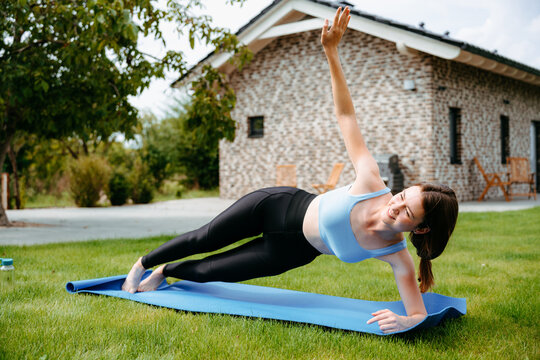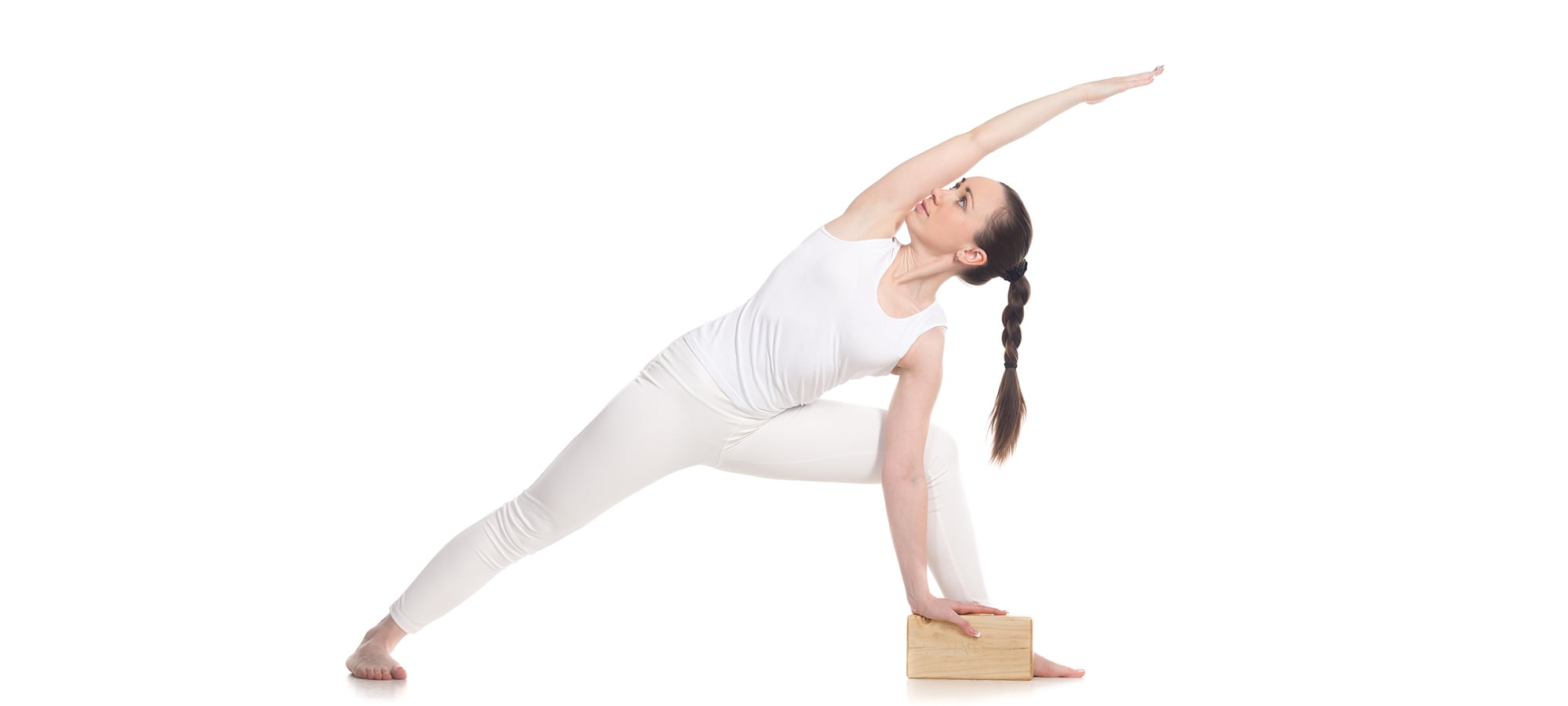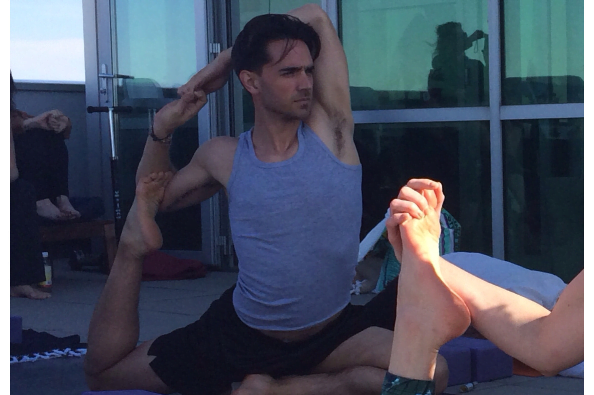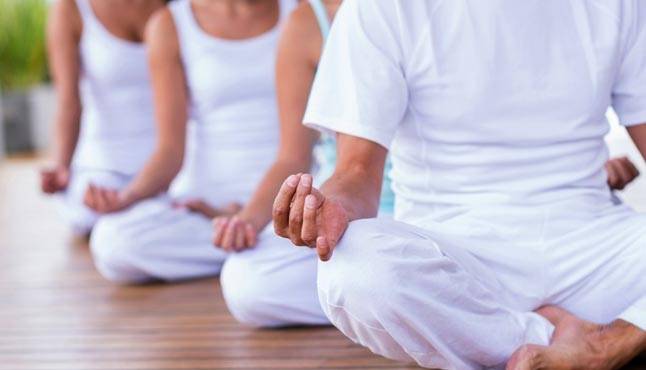Iyengar yoga is a sort of Hatha yoga that is named after B.K.S. Iyengar, broadly viewed as one of the best yoga experts in the world. B.K.S. Iyengar has been rehearsing yoga for more than 60 years, He altered Hatha yoga, that called Iyengar yoga. B.K.S. Iyengar’s training knowledge demonstrated to him how torment or damage could here and there happen when you strain too hard in a posture. He created and adjusted asanas utilizing props and alterations so an understudy could rehearse without torment or strain. He organized Iyengar yoga sequence to be benefitted the most. Restorative Sequence is the most affecting among all Iyengar Yoga Sequence for our stressful life.
Therapeutic yoga can advance profound unwinding while at the same time holding the postures for longer timeframes, with the assistance of props. Similarly, as youngsters require rest with the end goal to develop, we require profound rest with the end goal to restore! With the inner spotlight on the breath joined with the discharge in the body our brains start to quieten, or, in other words, is about. The parasympathetic sensory system is animated, advancing unwinding, which helps balance and recuperates the body. This training is incredible to adjust a functioning yoga plan or to offer yourself a reprieve when you feel sickly. So let’s check out the Restorative Iyengar yoga sequence…
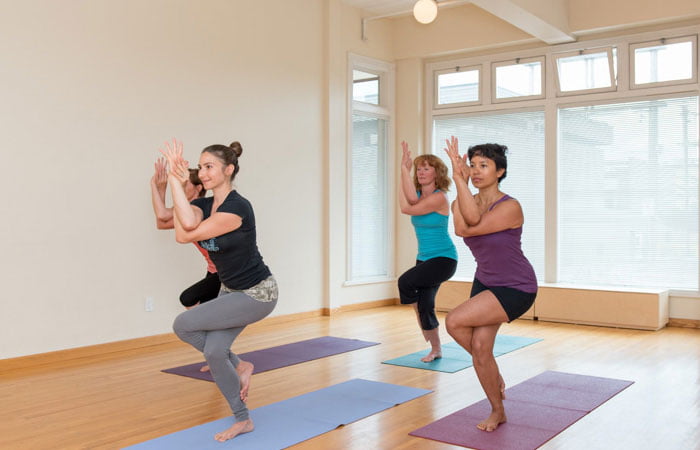
Table of Contents
Restorative Sequence of Iyengar yoga:
This is the most effective Iyengar yoga sequence to reduce stress and boost stamina. Let’s check this out…
Savasana:
Restorative Iyengar yoga sequence starts with savasana. This yoga use to quiet the body toward the start of training. This asana invigorates the Muladhara (root) chakra, on the grounds that the whole length of the body is associated with the earth. Empowering this chakra through savasana is accepted to ground the individual, giving the inward soundness important to self-awareness.
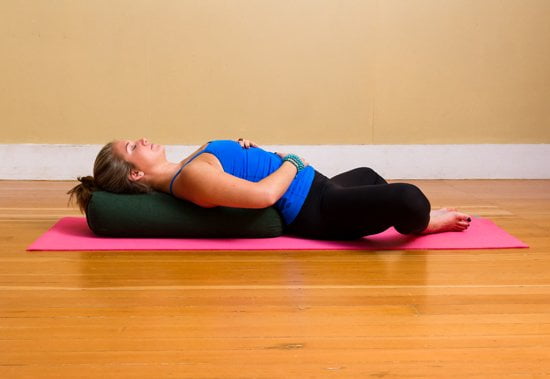
Source :- popsugar . com
Supta Baddha Konasana:
Supta Baddha Konasana, Bound Angle Pose, or Cobbler Pose is the next asana of this sequence. This posture imparts a feeling of profound unwinding. It isn’t just a therapeutic stance yet besides a hip opening asana. It is an essential posture, which pretty much anybody can attempt their hand at. This asana is likewise called the Reclined Cobbler’s Pose or the Reclined Goddess Pose.
Supta Virasana:
Supta Virasana or Reclined Hero Pose is the next asana of this sequence. This asana is a standout amongst the most evaded postures. In spite of the fact that it is an unfathomably useful posture for your body, it could be agonizing and should be drilled simply after you have aced the Virasana. It is an extraordinary variety of the Virasana and a middle of the road level asana, which makes your body come into a full reclination.
Prasarita Paddottanasana:
Prasarita Paddottanasana or Wide-Legged Standing Forward Fold is the next asana of this sequence. It is a quieting forward curve that stretches the hamstrings and back. There are a few arm varieties and different alterations accessible, making this an appropriate posture for yoga understudies all things considered!
Uttanasana:
Uttanasana or Standing Forward Bend is the next asana of this sequence. This asana recuperates as well as restores your body. In this asana, your head is underneath the heart, and this takes into account blood flow in your mind rather than your feet, giving your cells a surge of invigorating oxygen.
Adho Mukha Svanasana:
Adho Mukha Svanasana or Downward facing dog pose is the next asana of this sequence. The Adho Mukha Svanasana seems to be like a how a canine looks when it twists forward. This asana has various stunning advantages that make it to a great degree fundamental for you to hone it consistently. The best part is, even an apprentice can get the hang of this asana without breaking a sweat.
Viparit Dandasana:
Viparit Dandasana or Inverted Staff Pose is the next asana of this sequence. It is a profound, heart-opening backbend that relies on a considerable measure of tolerance and mindfulness. It is a significant endeavor whether you are adaptable or tight. Understudies with tight shoulders should center around breathing profoundly to help step by step mellow and open the region.
Sirsasana:
The following asana in this sequence is Sirsasana, also known as Headstand. This pose promotes improved blood circulation to the lower extremities, reducing swelling and preventing venous congestion. It releases tension from the adrenal glands and kidneys, allows the heart to relax within the pericardium, and enhances blood flow to the head, neck, and face.
Setu Bandha Sarvangasana:
Setu Bandha Sarvangasana or Bridge Pose is the next asana of this sequence. It is an incredibly flexible backbend that you can hone in an assortment of courses, contingent upon what you need to accomplish and how you utilize it in an arrangement. The stance is strong independent from anyone else, however, can likewise be a forerunner to a scope of stances with altogether different lively advantages.
Sarvangasana or Shoulder Stand Yoga Pose:
Sarvangasana or Shoulder Stand Yoga Pose is the next asana of this sequence. The importance of Sarva is Entire; Anga is Parts of the body and asana implies yogic stance. In English, it is known as Shoulder stand yoga present. It is assuming an urgent job for the general working of the body. It is known as ‘Mother of All Asanas’, which demonstrates its advantages and criticalness. It conveys peace and amicability to the body, therefore, accommodating in the administration of way of life-related disarranges, for example, stretch, tension, despondency, and so forth.
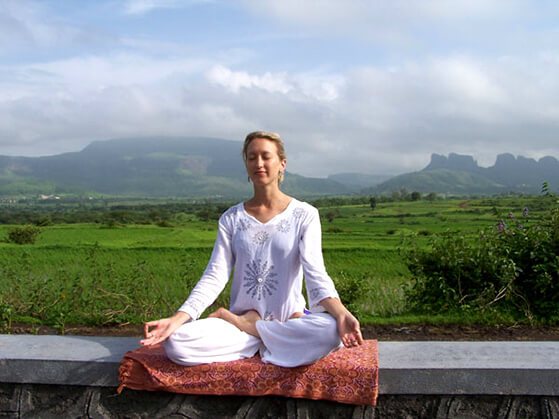
Source :- yogapoint . com
Pranayama:
The restorative sequence ends with Pranayama. The meaning of Pranayama is to control Breath. “Prana” is Breath or imperative vitality in the body. On unpretentious levels, prana speaks to the pranic vitality in charge of life or life constrain, and “Ayama” implies control. So Pranayama is “Control of Breath”.
One can control the rhythms of pranic vitality with pranayama and accomplish sound body and psyche. Patanjali in his content of Yoga Sutras made reference to pranayama as methods for achieving higher conditions of mindfulness, he makes reference to the holding of breath as a vital routine with regards to achieving Samadhi.
This is the Restorative Iyengar yoga sequence. So do this sequence to have a healthy life.

